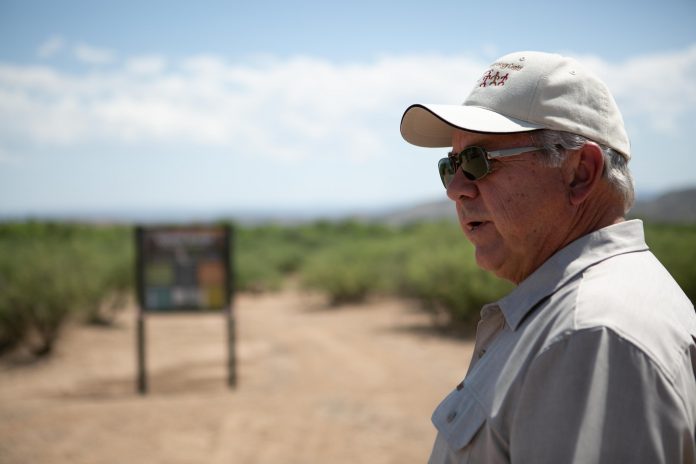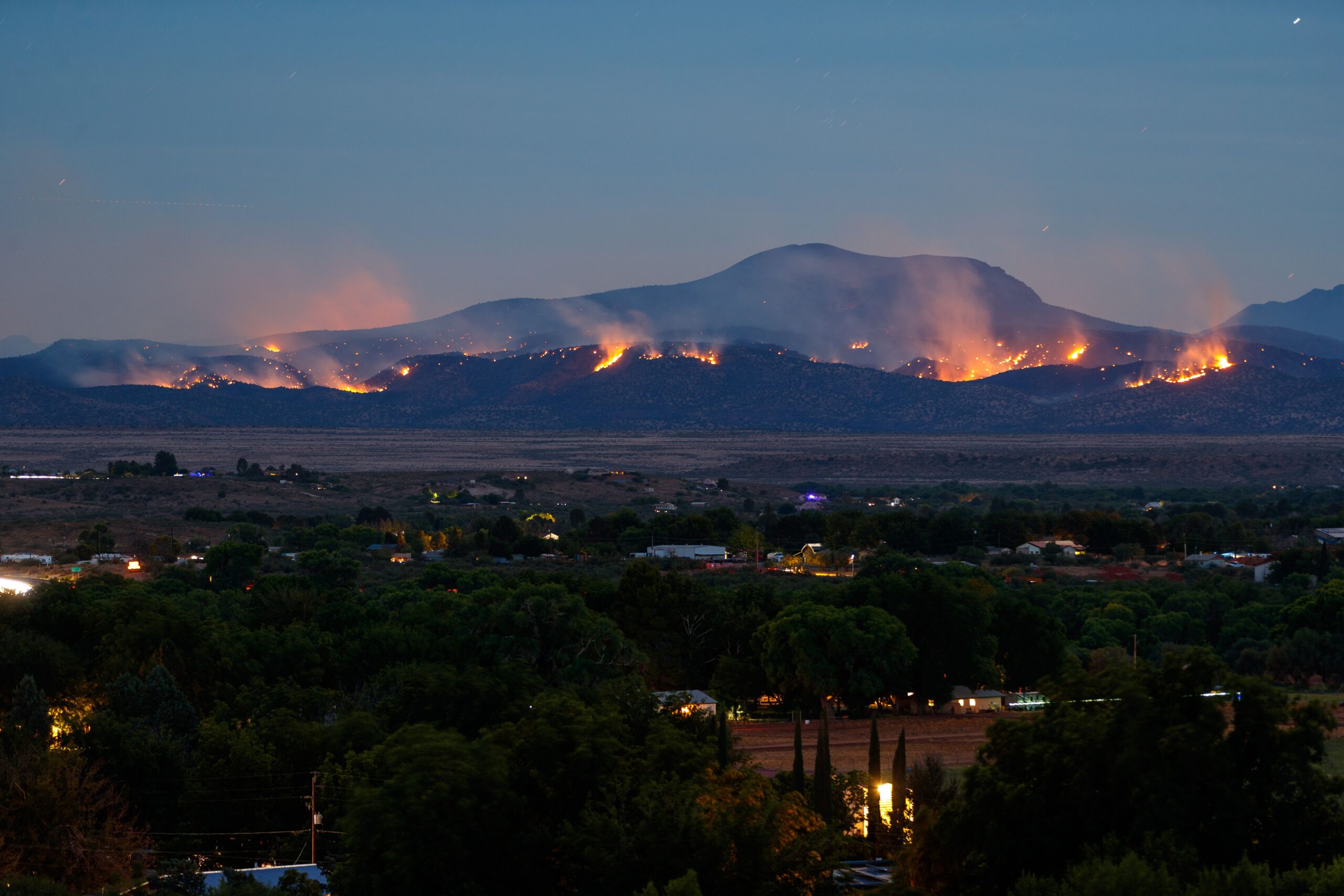In July 2015, the Verde Valley Archaeological Center acquired 15.3 acres of property just south of where Interstate 87 meets State Route 260. In 1998, 10 pit houses, remnants of ancestral Hopi culture, were found on the land. VVAC members said they hoped to find more on the new property.
“For about a year, we scoured it for archaeological artifacts,” said Ken Zoll, executive director of the center. “We collected about 35,000 pottery shards and other stone implements.”
After a year of excavation of artifacts, as well as further exploration of the pit houses, the center decided to take advantage of this historical site and turn it into an attraction that allows visitors to learn about the history and heritage of the Native tribes in the area. The VVAC has plans to open up an interactive museum on the site, featuring many of the finds from the area, while leaving 6 acres aside for preservation.
On June 30, the VVAC opened up a Heritage Trail, a 0.4 mile loop that displays aspects of how Native cultures interacted with the land of the Verde Valley. The trail features interpretive signs explaining the geography and history of local tribes, approved by cultural officers of the Yavapai-Apache Nation.
Also on the trail is a heritage garden, a project in conjunction with Verde Valley Ancestral Gardens. The garden features plants that have historically been grown by the Hopi, with a focus on using their techniques. Some of the plants have medicinal properties.
The center aims to use the garden project to extend education in the opposite direction, as well.
“We’re trying to use this as a way to teach some of the Hopi about drip irrigation,” Zoll said.
A major attraction of the trail will be the construction of several wickiups by the Yavapai and Apache — traditional short-term houses used by the two tribes hundreds of years ago when they lived as nomads.
The heritage trail was designed with help from the National Park Service. The archaeological center applied for a grant from NPS, which was approved, leading to help from a certified NPS architect, who helped design the trail, assisted with signage and planned water management.
The VVAC plans to staff the trail mostly with volunteers, but to also use it and the future museum as a jumping off point for a larger endowment and more archaeological programs in the Verde Valley. Zoll said he dreams of someday underwriting archaeological students through the center, bringing them to the Verde Valley to study its history and write papers on the archaeology of the area.
In the meantime, the trail still has some necessary additions before it is fully complete. The archaeological center hopes to get the road to the trail — currently a messy dirt road through the desert — paved, with a plan to then have an official grand opening in September, featuring ceremonies with the local tribe.
“As barren as you might think the land is, it offers a lot, and shows how the early Hopi ancestral people were in the pit houses and then later on came the Yavapai-Apache with their wickiups,” Zoll said. “This area’s been used for thousands of years, and we just want to give people a taste of that.”
Jon Hecht can be reached at 634-8551, or email jhecht@larsonnewspapers.com



